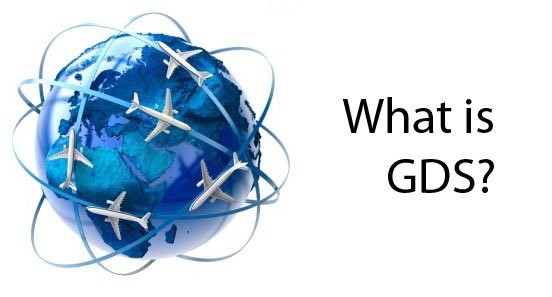In the age of digital transformation, the travel industry has seen a significant shift in how services are distributed and sold. Central to this change is the Global Distribution System (GDS), a network that enables transactions between travel service providers and travel agencies. GDSs have revolutionized the way airline tickets, hotel rooms, car rentals, and other travel services are booked. In this article, we will explore how GDS works and delve into the history of two major players in the GDS market: Sabre and Amadeus.
What is a Global Distribution System (GDS)?
A Global Distribution System is a computerized network that facilitates transactions between travel service providers and travel agencies, both online and offline. It acts as a centralized hub where airlines, hotels, car rental companies, and other travel service providers can list their services, availability, and prices. Travel agencies and websites access this information in real-time to offer services to consumers.
How Does GDS Work?
Centralized Database
At the core of a GDS is a centralized database that contains information from various travel service providers. This database is updated in real-time, ensuring that travel agents have access to the most current information.
Search and Booking
When a customer approaches a travel agency or visits a travel website, the agent or website interacts with the GDS to search for available options based on the customer’s requirements. The GDS returns a list of options, and the customer can then choose to book one of them.
Transaction Processing
Once a booking is made, the GDS processes the transaction, updating the availability status in its database and confirming the booking details to the travel agency and the service provider.
Commission and Fees
The GDS usually charges a fee for each transaction processed. This fee is shared between the GDS and the travel agency as a form of commission.
History of Sabre
Sabre, which stands for “Semi-Automated Business Research Environment,” was initially developed by American Airlines and IBM in the 1960s. It was one of the first GDSs to be created and was initially used exclusively by American Airlines for its internal reservations. However, it soon expanded its services to other airlines and travel agencies, becoming a global distribution system in its own right. Today, Sabre is one of the largest GDS providers in the world, serving more than 55,000 travel agencies and numerous airlines.
History of Amadeus
Amadeus was founded in 1987 by an alliance of Air France, Lufthansa, Iberia, and SAS. Unlike Sabre, which originated in the United States, Amadeus was born in Europe. The company aimed to create a European GDS that could compete with American systems like Sabre and Apollo. Amadeus has since grown to become one of the leading GDS providers globally, with a significant presence in Europe, Asia, and the Americas.
Conclusion
Global Distribution Systems have revolutionized the travel industry by providing a centralized platform for transactions between travel service providers and agencies. They have streamlined the booking process, making it more efficient and accessible. Sabre and Amadeus are two giants in the GDS landscape, each with its own unique history and contributions to the industry. As technology continues to evolve, GDSs are likely to adapt and innovate, further transforming the way we travel.



